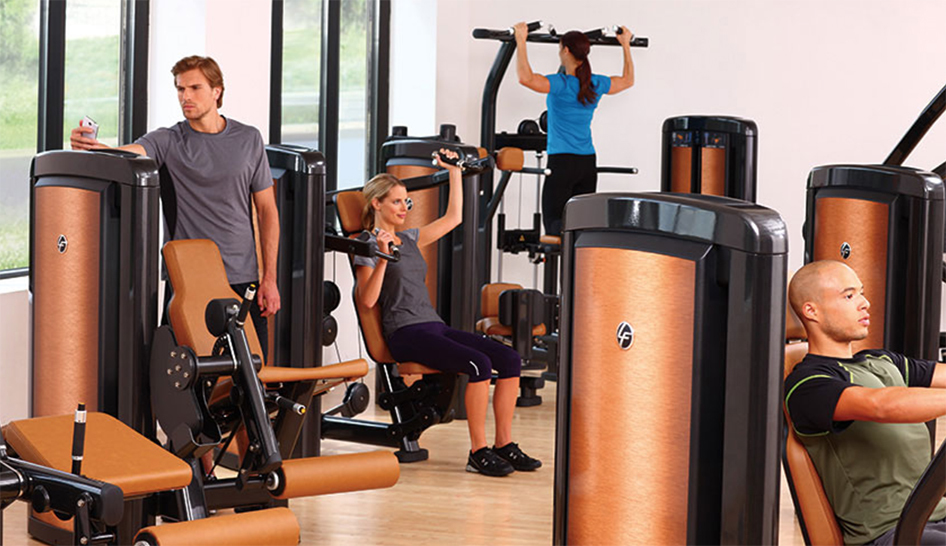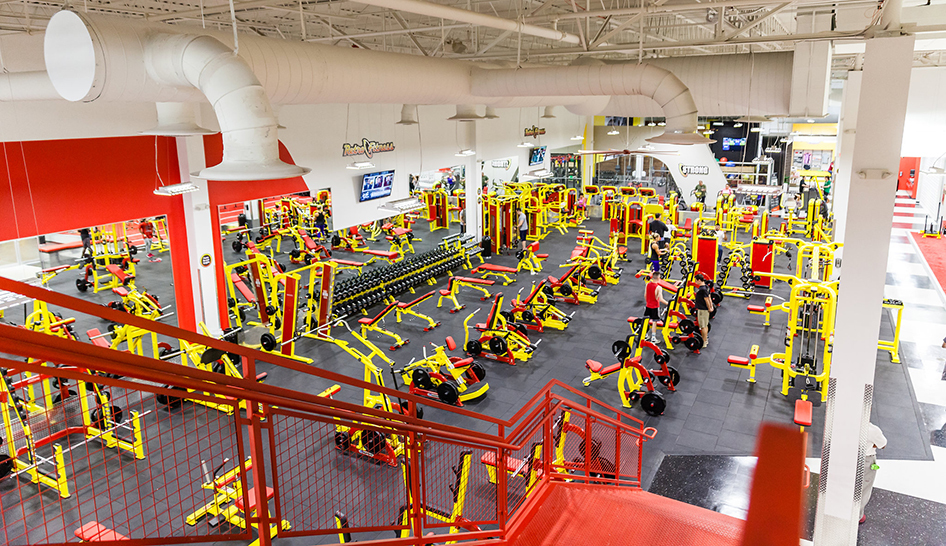It’s 6 a.m. on a typical Monday morning at your club.
One dedicated member is heading to his favorite group cycling class, which he signed up for by using your club’s branded app. Another has just pushed the Start button on a treadmill. A third is working up a sweat on your plate-loaded strength circuit.
By employing your laptop, tablet, or smartphone, you can easily review a real-time report detailing how many people are attending that cycling class; how and when each of your cardio machines is being utilized; and, now, even how much weight that member is lifting.
Later, as you study the results, you determine that the unit at the very end of your row of treadmills is going unnoticed, while the one closest to the water fountain is being overused. You also discover that one of your recumbent bikes is nearing the end of its useful life, and that the heart-rate sensor on one elliptical isn’t working. You learn all of this before a member has noticed—let alone complained.
All of this seemingly unrelated data has been amassed, made accessible, and provided valuable member and asset-management information that has a significant impact on your decision-making and your club’s operation and performance.
Credit “The Cloud.”
By now, you’re undoubtedly familiar with the cloud, a species of technology that makes use of apps, smart sensors, servo motor actuators, digital input of countless types, the Internet, and, more broadly, the Internet of Things (IoT)—the virtually infinite network composed of all sorts of connected “things”—to perform nearly miraculous computing wonders.
Nearly 5.5 million “things” are being added to the IoT every day, and, by 2020, it’s estimated it will host some 25 billion of them.
The cloud, generally speaking, provides shared data and processing resources to computers and other devices on demand. Speaking specifically about health clubs, it can provide tutorials, instruction, and coaching; access to TV, games, and interactive training videos; tracking of performance metrics; downloading of metrics to other devices; sharing of metrics with friends and trainers; online competitions; club-management functions; and asset management of club equipment.
Fitness professionals—industry suppliers, as well as clubs—are constantly imagining, developing, and introducing new devices, services, and systems to seed the cloud. The following are two examples that IHRSA associate member companies have produced recently.

